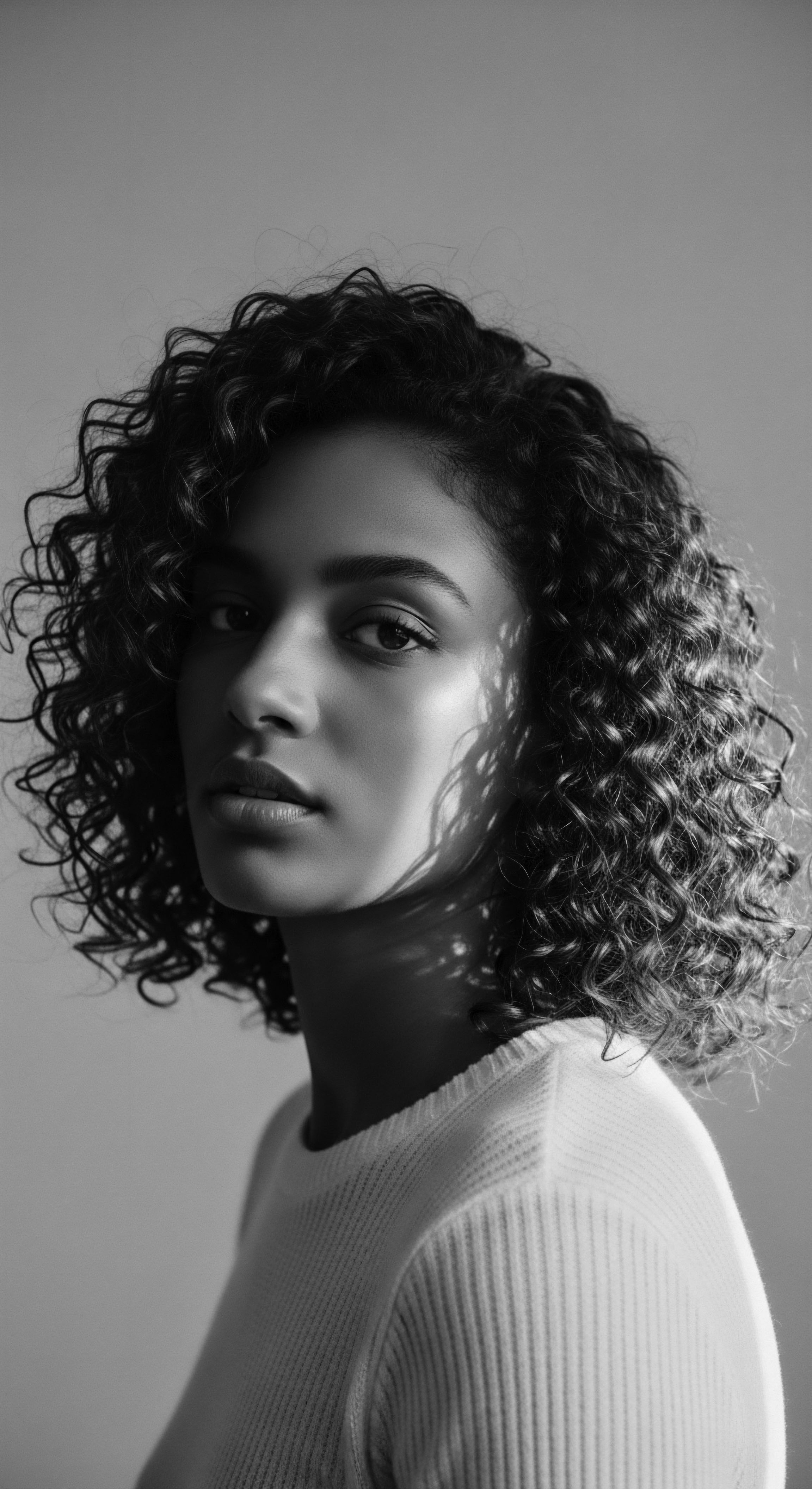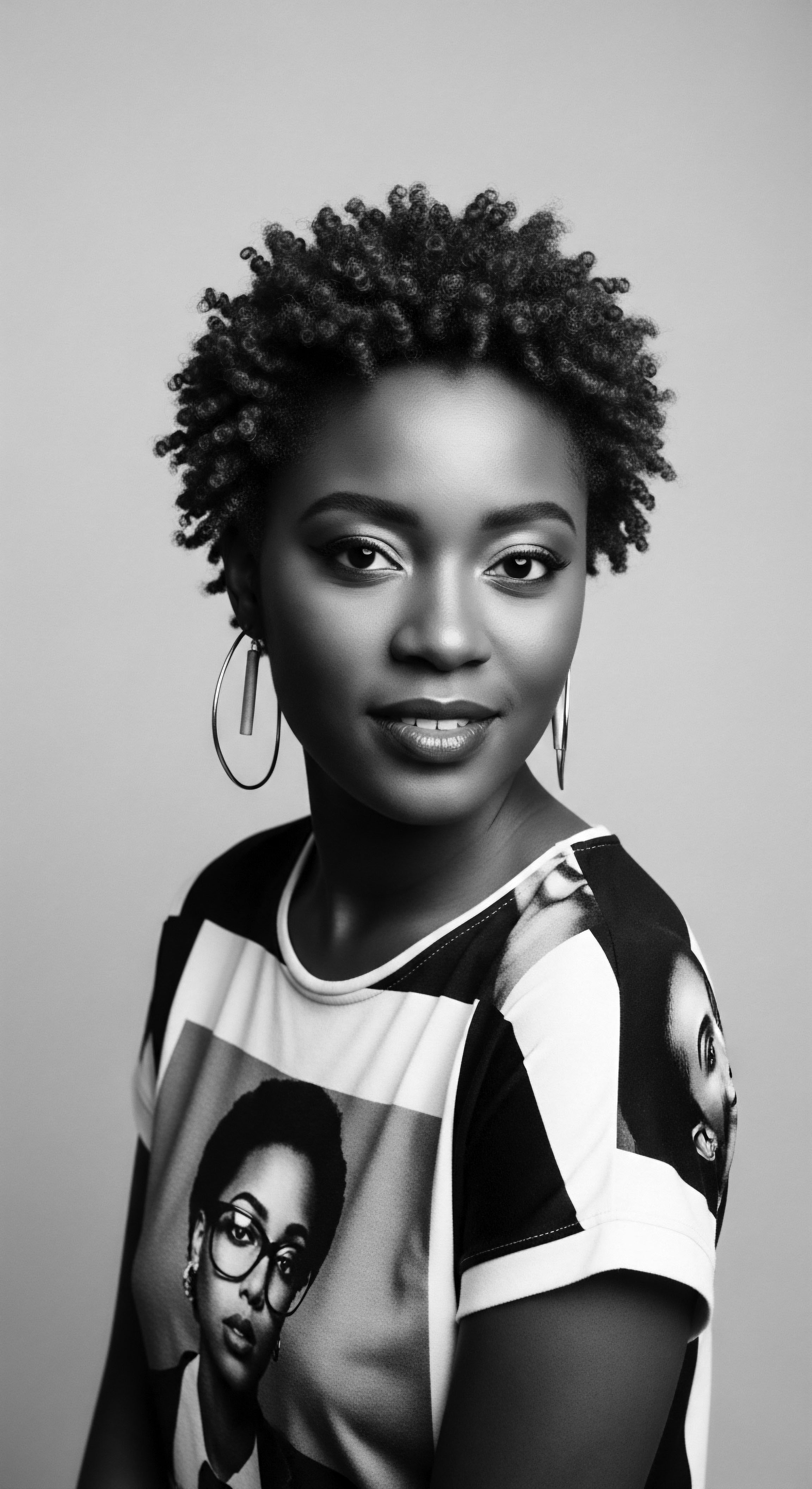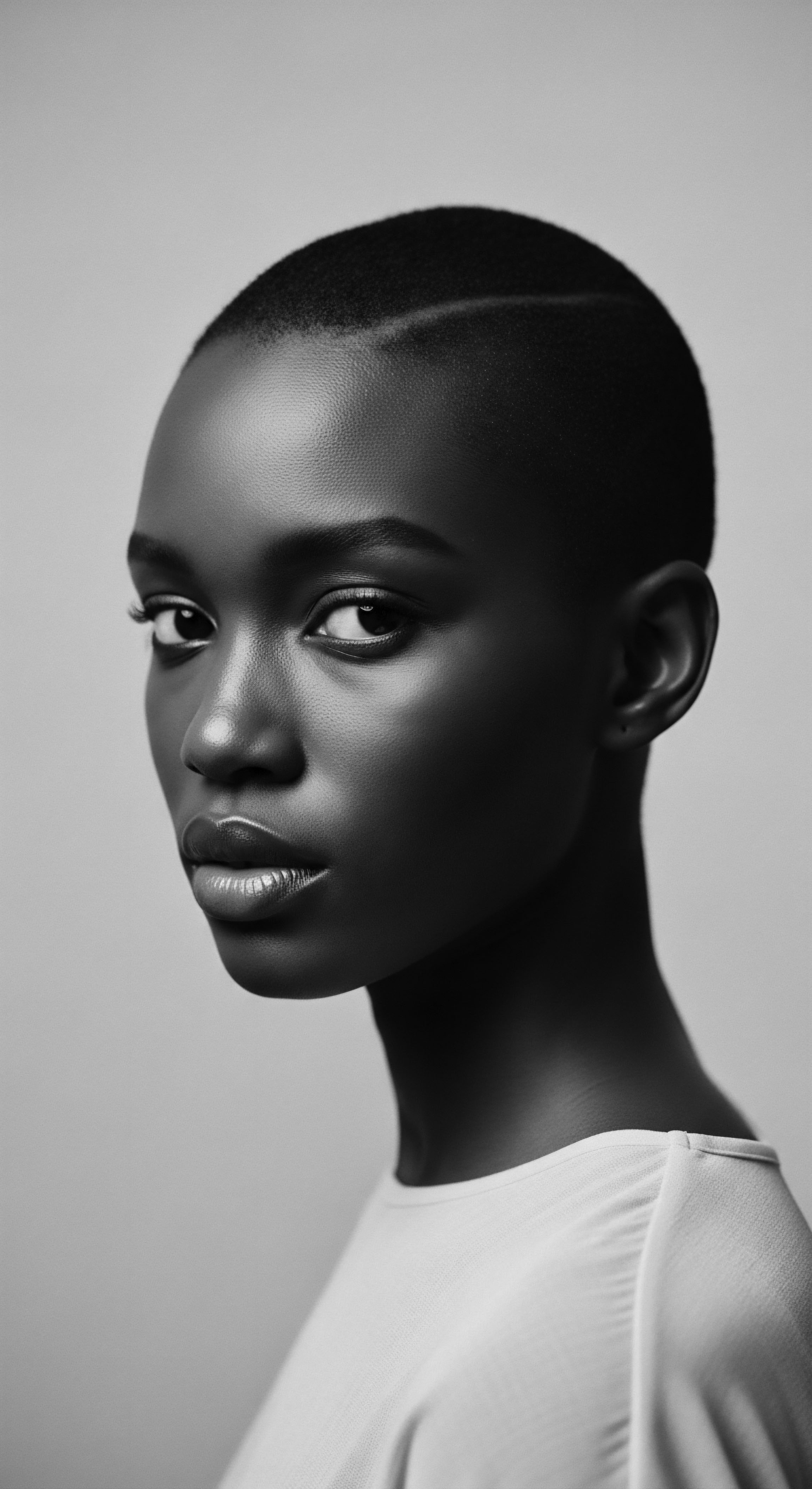
How do ancient grooming rituals shape modern textured hair care?
Ancient grooming rituals shape modern textured hair care by providing a legacy of profound knowledge, protective practices, and deep cultural connections.

How did ancient cultures detangle textured hair?
Ancient cultures detangled textured hair using natural emollients and wide-toothed tools, honoring a rich heritage of careful manipulation.

How did ancestral cultures understand textured hair?
Ancestral cultures understood textured hair as a profound marker of identity, status, and spirituality, deeply interwoven with daily rituals and communal heritage.

What historical tools supported textured hair moisture?
Historical tools, primarily natural oils, butters, and strategic combs, supported textured hair moisture by sealing hydration and protecting strands, a profound heritage.

What is the earliest evidence of textured hair combs?
The earliest evidence of textured hair combs traces back approximately 7,000 years to ancient African civilizations like Kush and Kemet.

Were ancient Egyptian hair practices specific to textured hair types?
Ancient Egyptian hair practices were highly adaptable, employing specific tools and natural ingredients that greatly benefited diverse textured hair types.

What ancient tools supported intricate textured hair styling?
Ancient tools, like combs and pins of wood and bone, supported textured hair styling by adapting to its unique coils and honoring its cultural heritage.

What is the biological reason for wide-toothed comb preference for textured hair?
Wide-toothed combs are preferred for textured hair due to its coiled biology, minimizing breakage and honoring centuries of heritage.

How did ancient African communities care for scalp health?
Ancient African communities nurtured scalp health using natural oils, plant extracts, and communal grooming rituals, reflecting deep textured hair heritage.

How did ancient combs aid hair heritage?
Ancient combs preserved textured hair heritage, serving as tools of care, cultural expression, and symbols of resilience.

In what ways do traditional African hair care tools connect to cultural identity today?
Traditional African hair tools deeply connect to cultural identity today by embodying ancestral wisdom, communal practices, and enduring resistance within textured hair heritage.

What historical hair rituals honored textured hair vitality?
Historical hair rituals honored textured hair vitality through sacred practices, communal care, and symbolic styling, deeply rooted in cultural heritage.

What is the historical significance of specific textured hair adornments?
Textured hair adornments hold profound historical significance, serving as powerful symbols of identity, status, spiritual belief, and resistance within Black and mixed-race heritage.

Kushite Hair Heritage
Meaning ❉ Kushite Hair Heritage is the profound cultural, aesthetic, and spiritual significance of textured hair within the ancient Kingdom of Kush.

How did ancient combs preserve textured hair?
Ancient combs preserved textured hair through gentle design, natural materials, and their central role in heritage-rich styling rituals that minimized damage.

